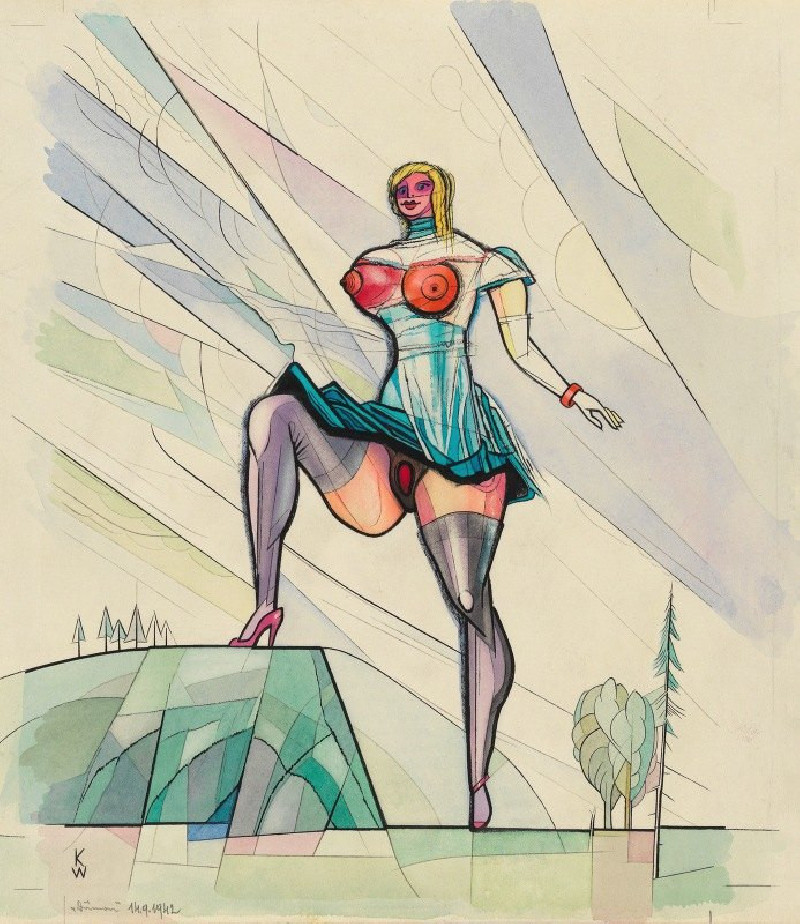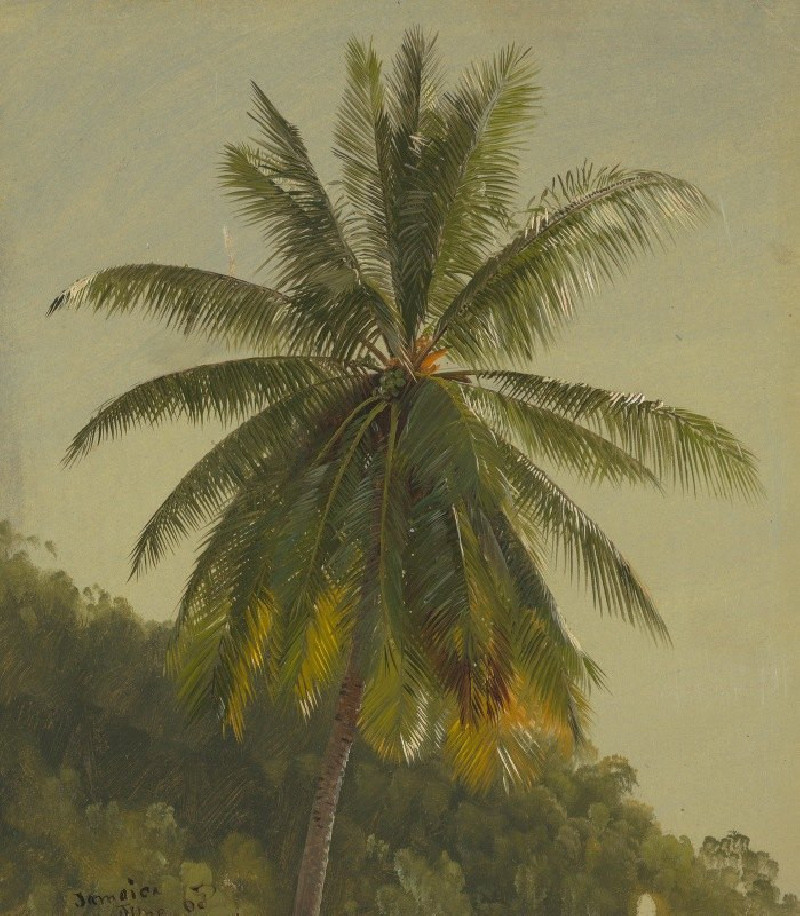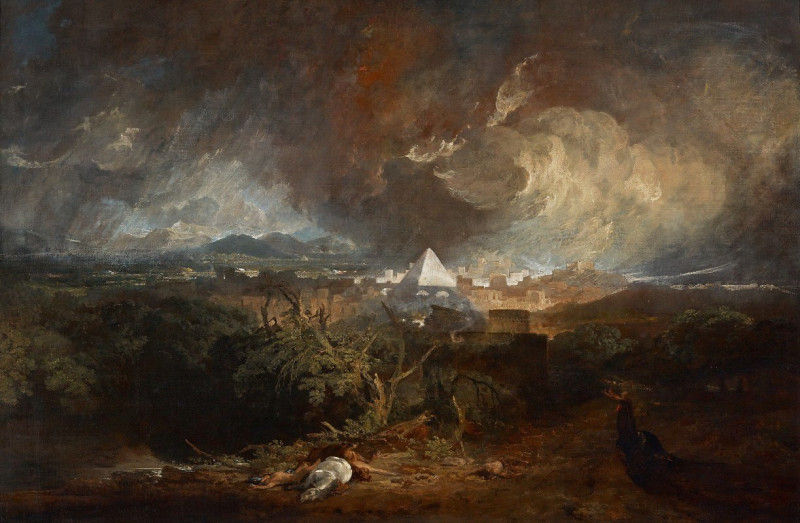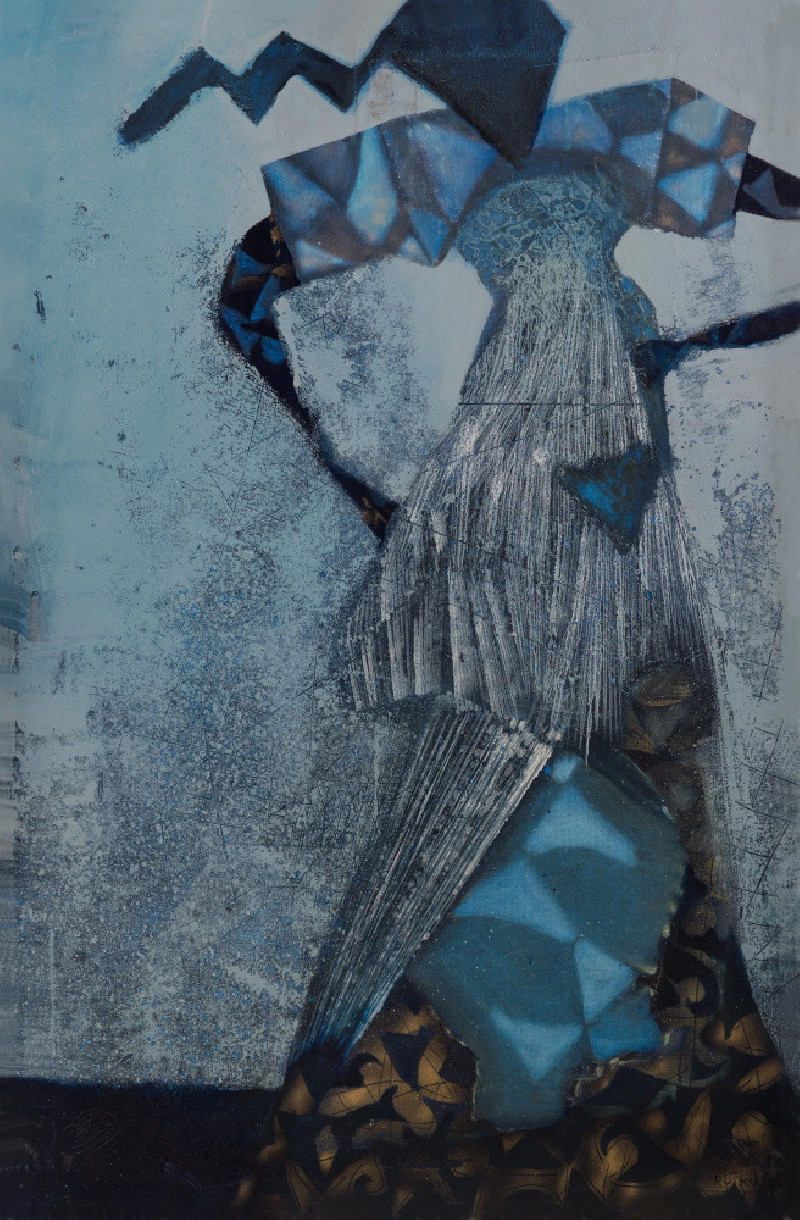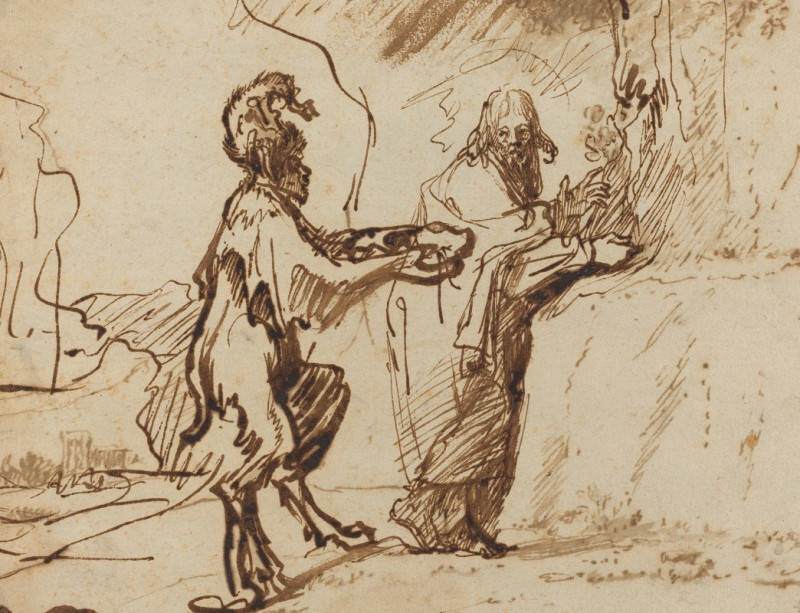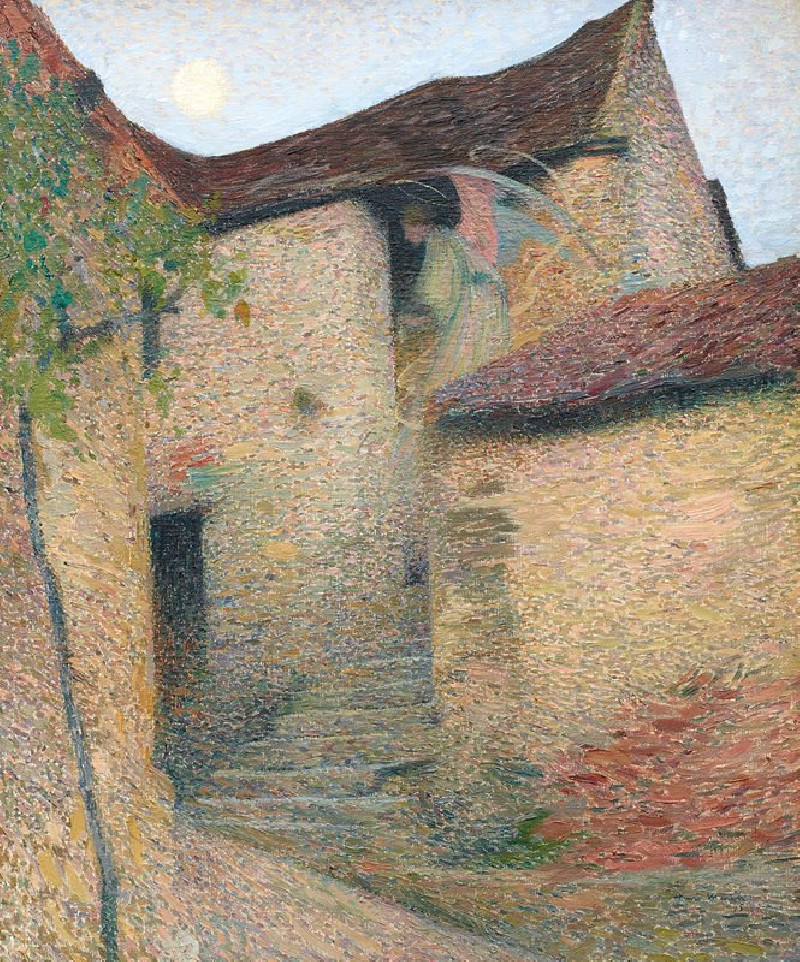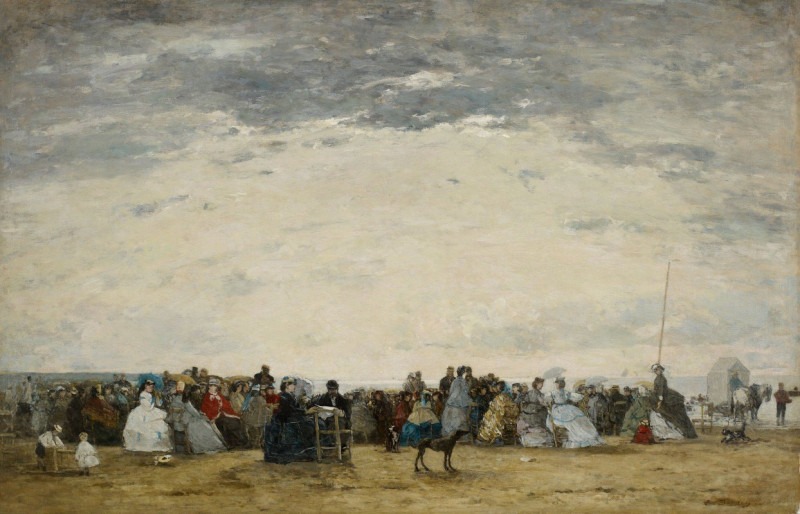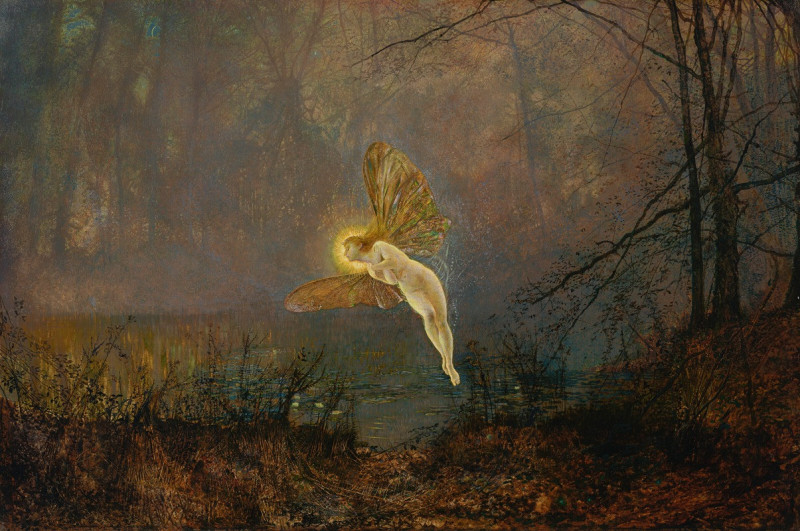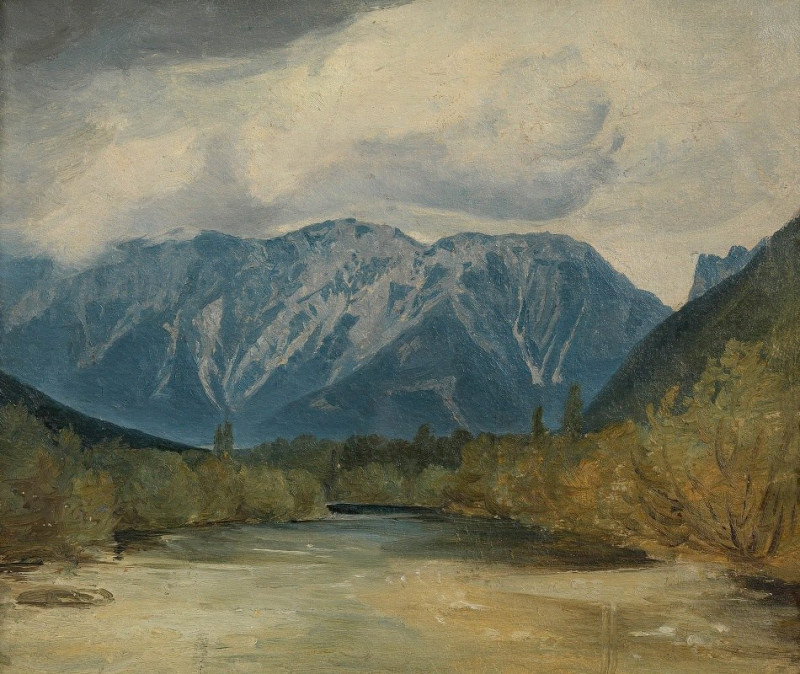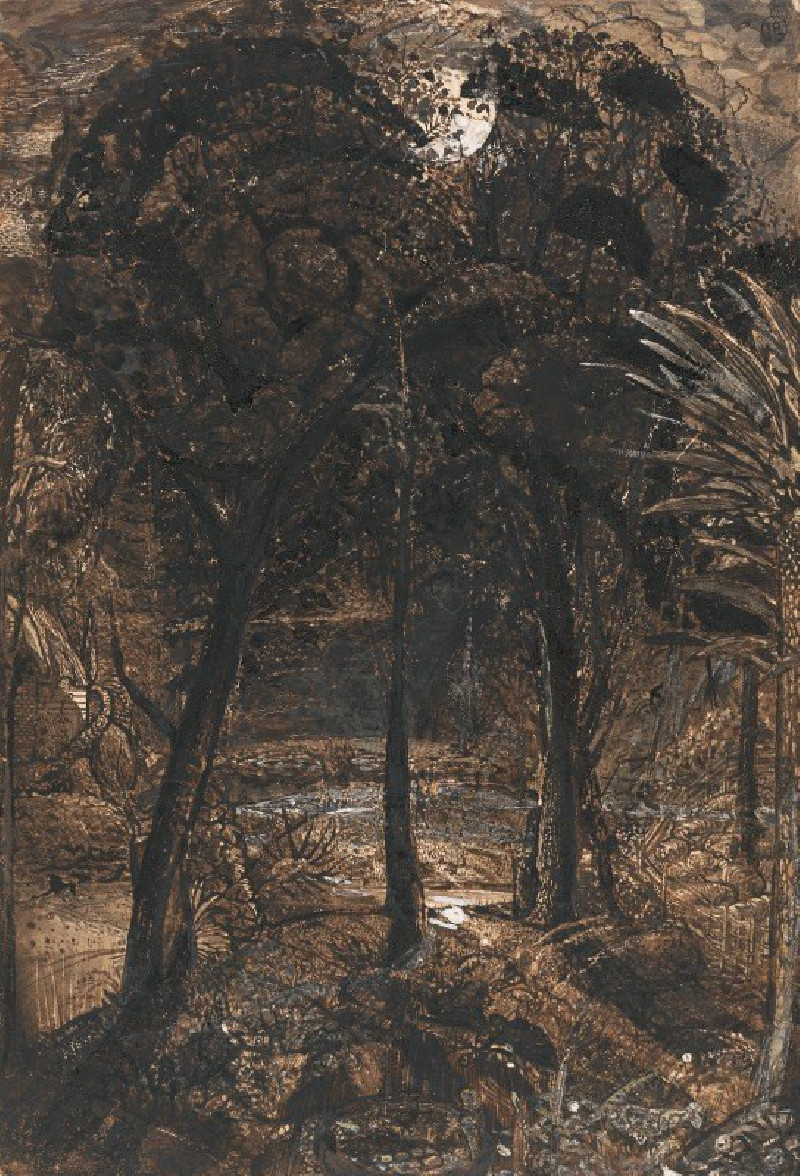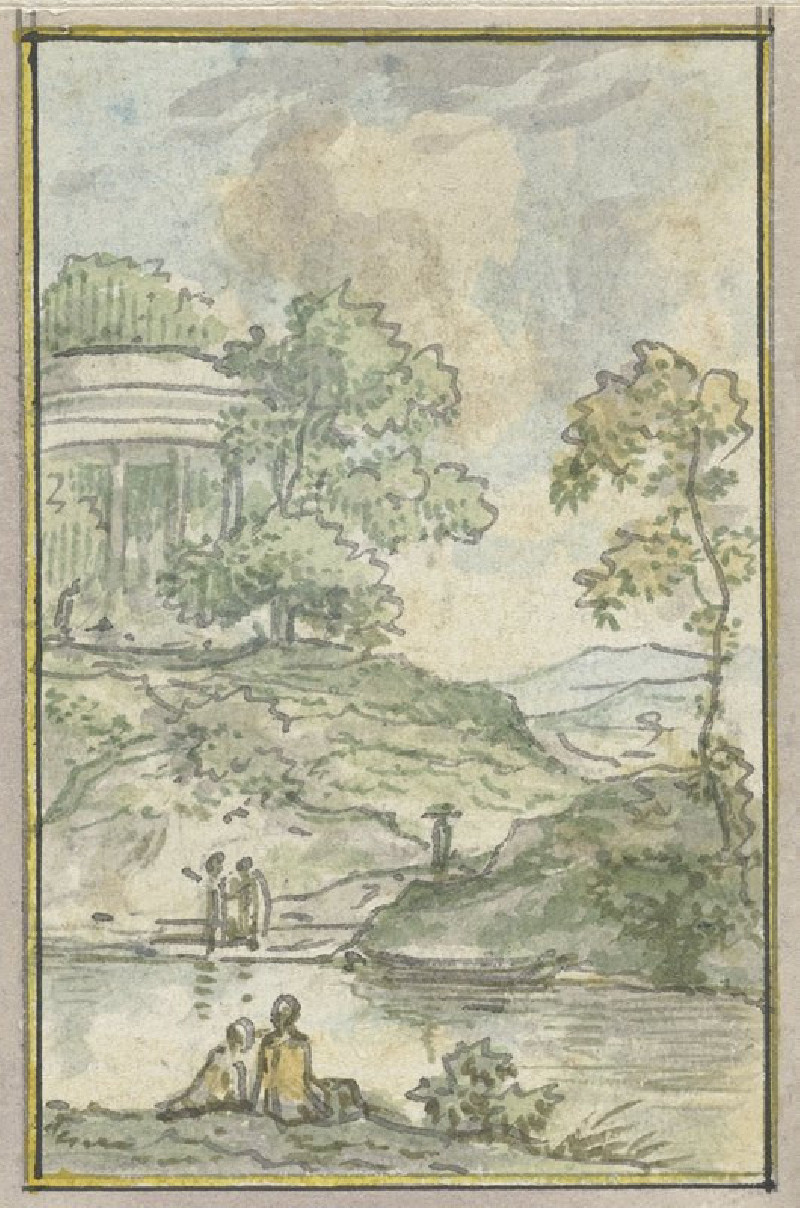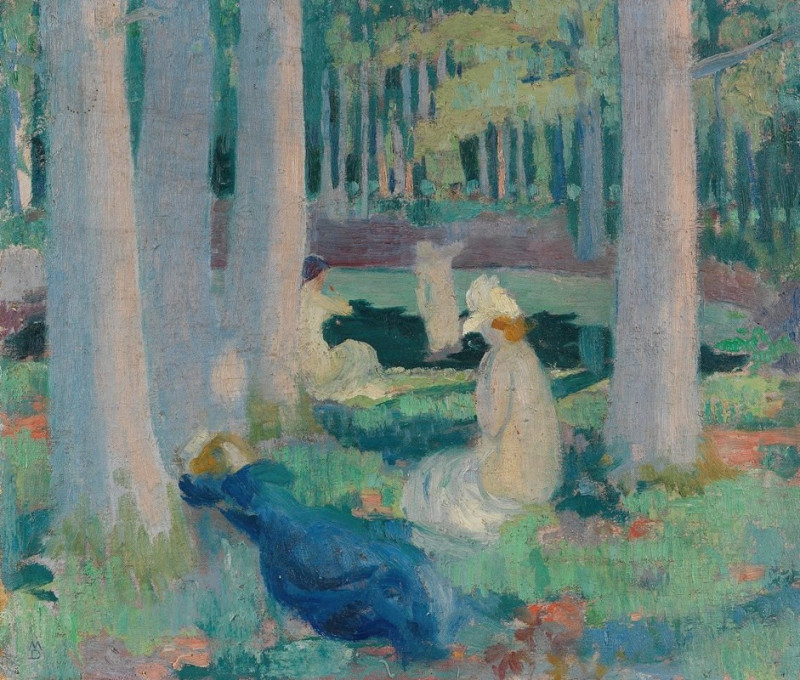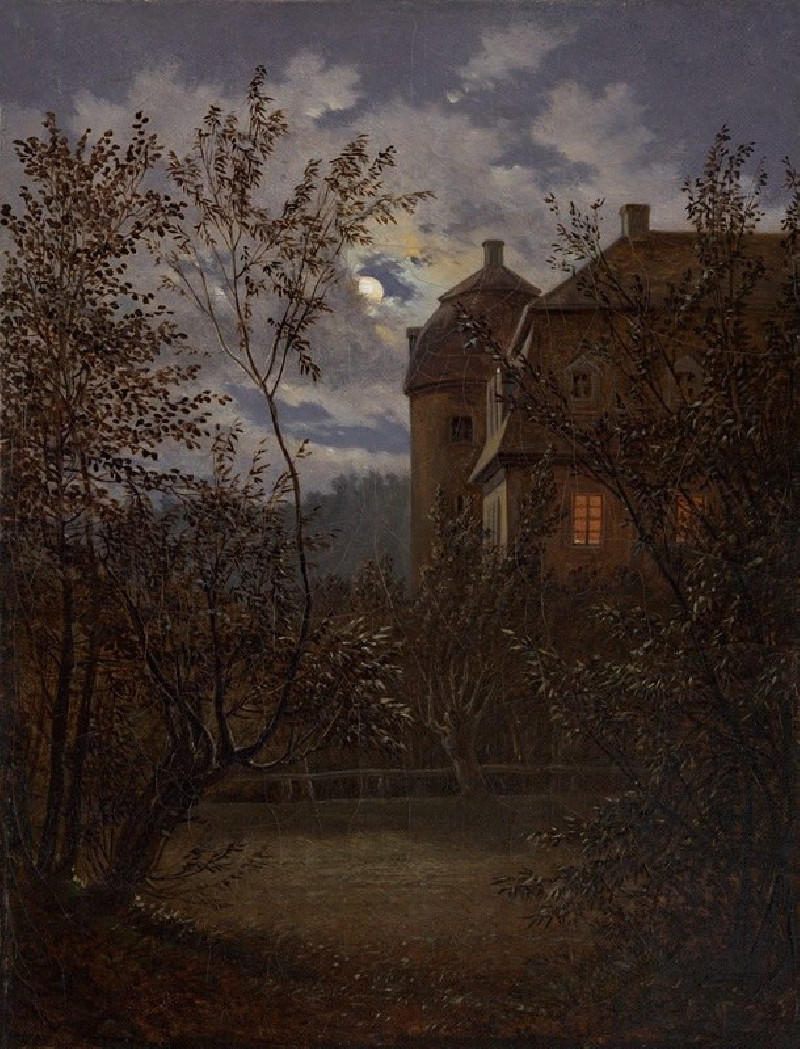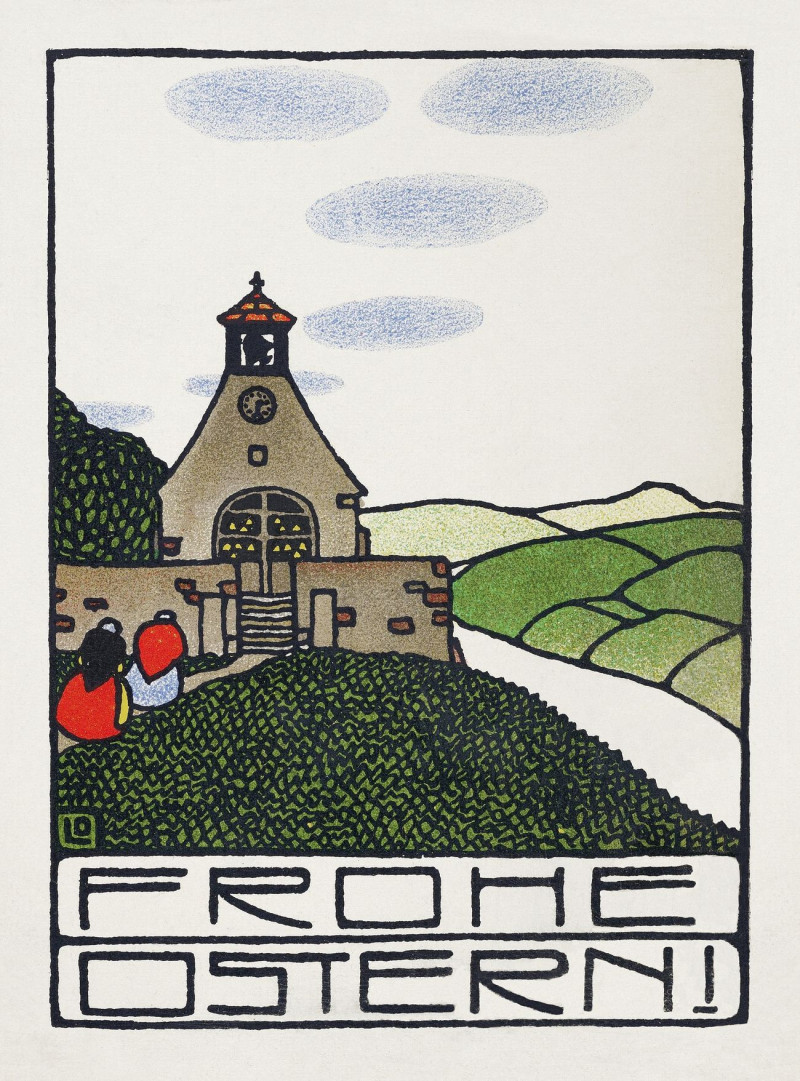Dämon (1942)
Technique: Giclée quality print
Recommended by our customers
More about this artwork
"Titled 'Dämon' and created by Karl Wiener in 1942, this intriguing painting captures the eye with its vibrant and stylized depiction of a humanoid figure in a dynamic pose. The figure, drawn with bold, exaggerated body features and adorned in colorful attire, appears to be stepping powerfully atop a patterned, hill-like structure, suggesting a sense of movement and control. The background, characterized by soft, sweeping lines and subdued color washes, contrasts with the vividness of the central subject, enhancing its visual impact.The figure's attire and makeup, along with the overall poised yet surreal presentation, evoke a theatrical or other-worldly vibe, aligning with the painting's title which translates to 'Demon' in English. Wiener's use of clear, flowing lines and the integration of geometric and organic shapes create a sense of harmony within the composition, despite the inherent dynamism suggested by the figure's pose and expression.This masterpiece embodies a fascinating blend of abstraction and figurative art, inviting viewers to delve into a world where fantasy intersects with bold reality.

